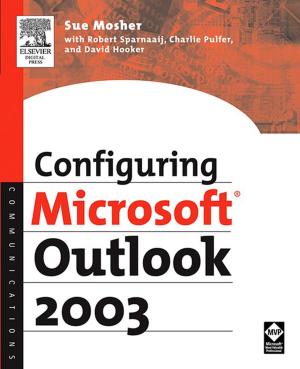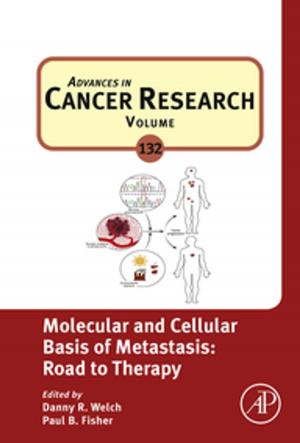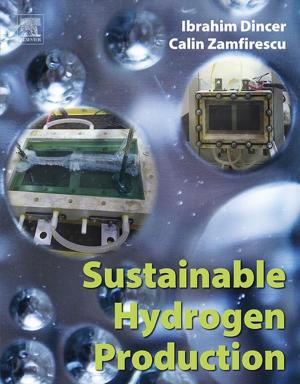New Trends in Coal Conversion
Combustion, Gasification, Emissions, and Coking
Nonfiction, Science & Nature, Technology, Power Resources| Author: | ISBN: | 9780081022023 | |
| Publisher: | Elsevier Science | Publication: | August 30, 2018 |
| Imprint: | Woodhead Publishing | Language: | English |
| Author: | |
| ISBN: | 9780081022023 |
| Publisher: | Elsevier Science |
| Publication: | August 30, 2018 |
| Imprint: | Woodhead Publishing |
| Language: | English |
New Trends in Coal Conversion: Combustion, Gasification, Emissions, and Coking covers the latest advancements in coal utilization, including coal conversion processes and mitigation of environmental impacts, providing an up-to-date source of information for a cleaner and more environmentally friendly use of coal, with a particular emphasis on the two biggest users of coal—utilities and the steel industry. Coverage includes recent advances in combustion co-firing, gasification, and on the minimization of trace element and CO2 emissions that is ideal for plant engineers, researchers, and quality control engineers in electric utilities and steelmaking.
Other sections cover new advances in clean coal technologies for the steel industry, technological advances in conventional by-products, the heat-recovery/non-recovering cokemaking process, and the increasing use of low-quality coals in coking blends. Readers will learn how to make more effective use of coal resources, deliver higher productivity, save energy and reduce the environmental impact of their coal utilization.
- Provides the current state-of-the-art and ongoing activities within coal conversion processes, with an emphasis on emerging technologies for the reduction of CO2 and trace elements
- Discusses innovations in cokemaking for improved efficiency, energy savings and reduced environmental impact
- Include case studies and examples throughout the book
New Trends in Coal Conversion: Combustion, Gasification, Emissions, and Coking covers the latest advancements in coal utilization, including coal conversion processes and mitigation of environmental impacts, providing an up-to-date source of information for a cleaner and more environmentally friendly use of coal, with a particular emphasis on the two biggest users of coal—utilities and the steel industry. Coverage includes recent advances in combustion co-firing, gasification, and on the minimization of trace element and CO2 emissions that is ideal for plant engineers, researchers, and quality control engineers in electric utilities and steelmaking.
Other sections cover new advances in clean coal technologies for the steel industry, technological advances in conventional by-products, the heat-recovery/non-recovering cokemaking process, and the increasing use of low-quality coals in coking blends. Readers will learn how to make more effective use of coal resources, deliver higher productivity, save energy and reduce the environmental impact of their coal utilization.
- Provides the current state-of-the-art and ongoing activities within coal conversion processes, with an emphasis on emerging technologies for the reduction of CO2 and trace elements
- Discusses innovations in cokemaking for improved efficiency, energy savings and reduced environmental impact
- Include case studies and examples throughout the book















